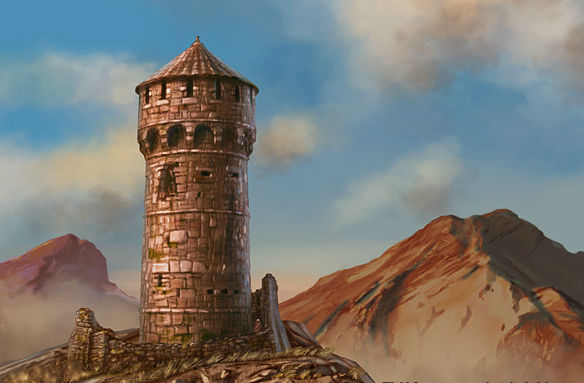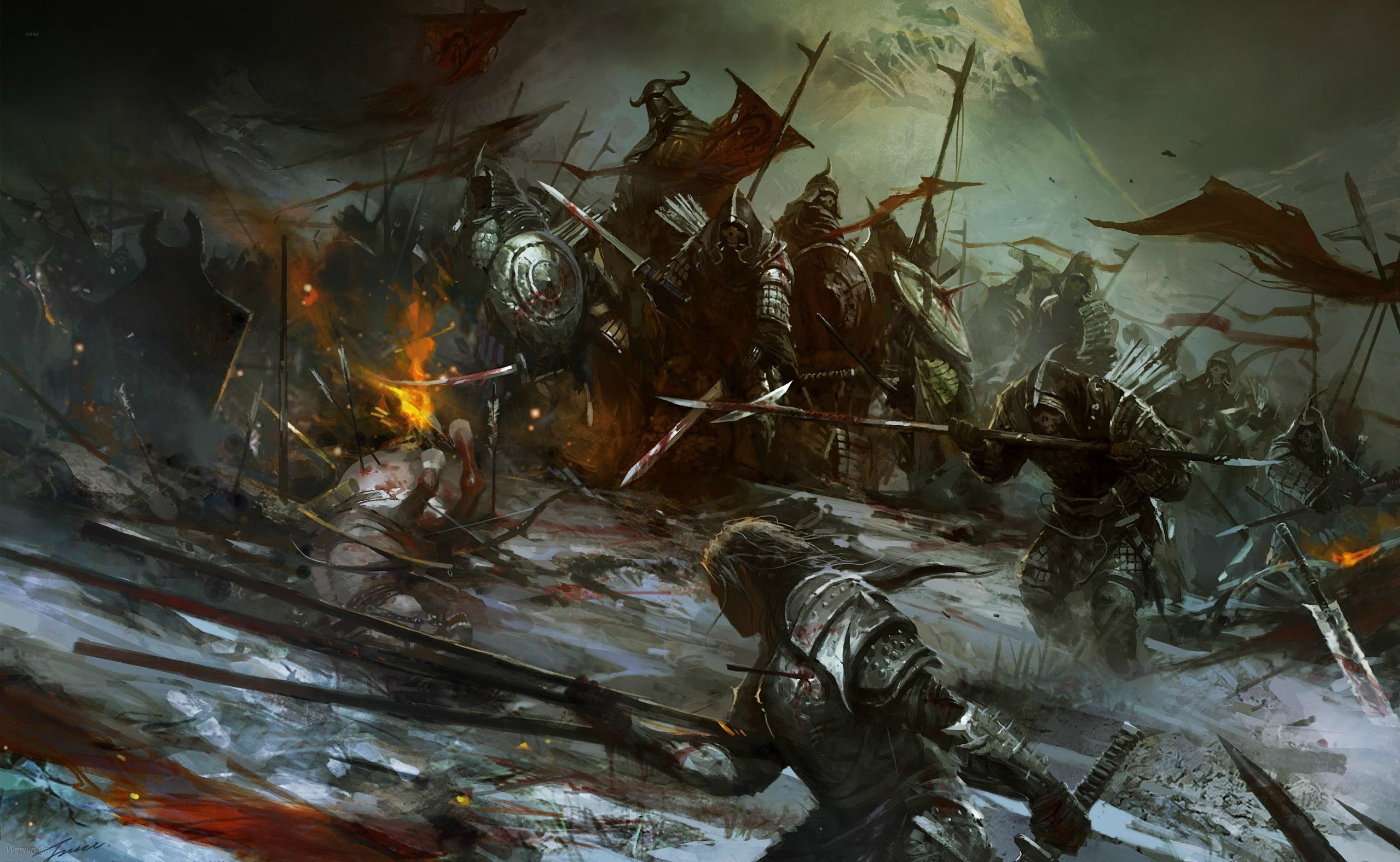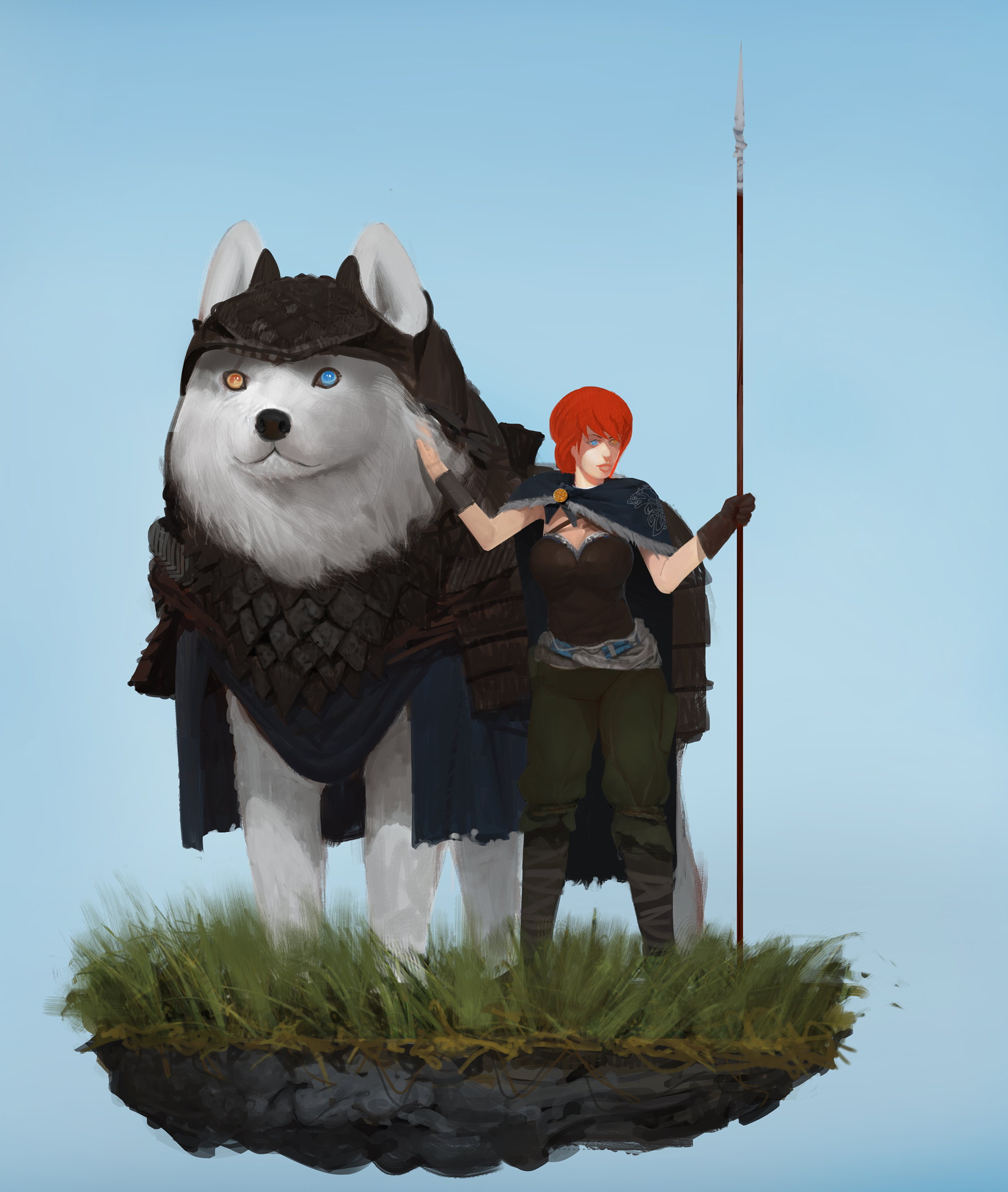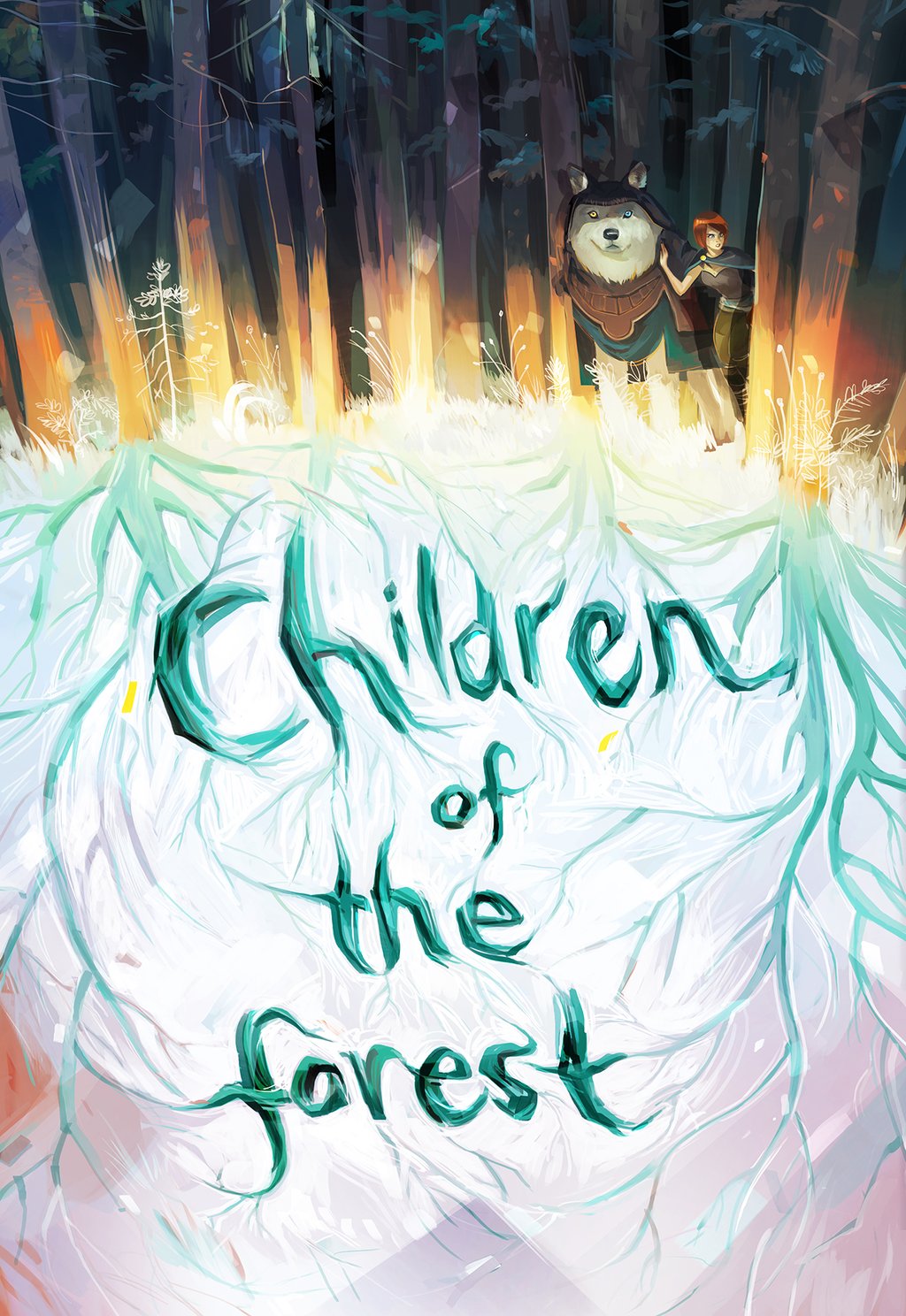Today, author Byron Gillan adds to the discussion about the two main types of fight scenes: Sword fights and epic battles. To read more by Byron, go HERE.
“He dreamt an old dream, of three knights in white cloaks, and a tower long fallen, and Lyanna in her bed of blood.
In the dream his friends rode with him, as they had in life. Proud Martyn Cassel, Jory’s father; faithful Theo Wull; Ethan Glover, who had been Brandon’s squire; Ser Mark Ryswell, soft of speech and gentle of heart; the crannogman, Howland Reed; Lord Dustin on his great red stallion. Ned had known their faces as well as he knew his own once, but the years leech at a man’s memories, even those he has vowed never to forget. In the dream they were only shadows, grey wraiths on horses made of mist.
They were seven, facing three. In the dream as it had been in life. Yet these were no ordinary three. They waited before the round tower, the red mountains of Dorne at their backs, their white cloaks blowing in the wind. And these were no shadows; their faces burned clear, even now. Ser Arthur Dayne, the Sword of the Morning, had a sad smile on his lips. The hilt of the greatsword Dawn poked up over his right shoulder. Ser Oswell Whent was on one knee, sharpening his blade with a whetstone. Across his white-enameled helm, the black bat of his House spread its wings. Between them stood fierce old Ser Gerold Hightower, the White Bull, Lord Commander of the Kingsguard.
“I looked for you on the Trident,” Ned said to them.
“We were not there,” Ser Gerold answered.
“Woe to the Usurper if we had been,” said Ser Oswell.
“When King’s Landing fell, Ser Jaime slew your king with a golden sword, and I wondered where you were.”
“Far away,” Ser Gerold Said, “or Aerys would yet sit the Iron Throne, and our false brother would burn in seven hells.”
“I came down on Storm’s End to lift the siege,” Ned told them, “and the Lords Tyrell and Redwyne dipped their banners, and all their knights bent the knee to pledge us fealty. I was certain you would be among them.”
“Our knees do not bend easily,” said Ser Arthur Dayne.
“Ser Willem Darry is fled to Dragonstone, with your queen and Prince Viserys. I thought you might have sailed with him.”
“Ser Willem is a good man and true,” said Ser Oswell.
“But not of the Kingsguard,” Sir Gerold pointed out. “The Kingsguard does not flee.”
“Then or now,” said Ser Arthur. He donned his helm.
“We swore a vow,” explained old Ser Gerold.
Ned’s wraiths moved up beside him, with shadow swords in hand. They were seven against three.
“And now it begins,” said Ser Arthur Dayne, the Sword of the Morning. He unsheathed Dawn and held it with both hands. The blade was pale as milkglass, alive with light.
“No,” Ned said with sadness in his voice. “Now it ends.” As they came together in a rush of steel and shadow, he could hear Lyanna screaming. “Eddard!” she called. A storm of rose petals blew across a blood-streaked sky, as blue as the eyes of death.”
—George R.R. Martin, A Game of Thrones
The Tower of Joy stands triumphantly as one of my all-time favorite scenes from George R.R. Martin’s “A Song of Ice and Fire” series. Beyond just being beautifully written and wonderfully scripted, the chapter does something very few other fantasy authors seem capable of – it leaves the nitty-gritty of the combat up to the reader’s imagination, instead of spelling every little detail out on the page. I’ve made it abundantly clear in the past that I am not much of a fan of reading action scenes. A paragraph here or there, detailing the coming together of two mighty armies, or a duel between rivals is usually enough for me. Anything beyond that quickly tends to bore me to tears, or else turn me off finishing what I’m reading entirely.

The Tower of Joy.
The fantasy genre has always been one filled with swashbuckling combat; with massive armies trudging across green fields towards one another; with great hordes of twisted creatures assailing the walls of shining-white cities. Combat is ingrained within the skeletal form that holds our beloved genre together – but unfortunately, rarely is it done well. All too often, many authors tend to fall back on extended periods of action in their stories, possibly to hide an inability to give their scene any real emotion or weight. The outcome leads to the reader being assaulted by page-after-page of sword thrusts, parrying, grunting, etc.etc…all of it adding up to a whole lot of nothing.

This looks cool – but without an emotional link to what’s happening, why should the audience care?
As many will no doubt note from my example above, the “Tower of Joy” hardly features any actual combat…despite it being one of the most revered “battles” from all of “A Song of Ice and Fire.” The reason is the emotion George R.R. Martin manages to convey through his writing. The combat is secondary to the storytelling, to the feelings of Eddard Stark as he and his allies rush to save his sister, Lyanna, from the clutches of the Mad King’s Kingsguard. The audience is invested in this moment because we care about the story, about the character’s involved, and that emotional tether allows our minds to take over and fill in the gaps surrounding the single line GRRM devotes to the actual “fighting” in the battle at the Tower of Joy.
I struggled with this very same issue in my own novel “The Children of the Forest.” Within my story, there are a variety of factions struggling for control of their world’s most powerful resource – a material known only as “manna.” This naturally leads to quite a few clashes between the varying political parties and separate kingdoms throughout my world. Given the broad scope of the narrative, this quickly turned into quite a dilemma for me. “The Children of the Forest” is already a jam-packed story, filled with a myriad number of characters, places, and most importantly, story-lines. As I was working through the original draft and examining where to make the heaviest cuts, I continuously came back to the action scenes. Although enjoyable (author bias) I came to understand that many of these were too long, or else not needed at all.
A large battle that takes place fairly early in my novel felt quite redundant as I read through it again, and a pair of smaller skirmishes were equally so. I ended up chucking all three, and in the process eliminating nearly fifty pages tied to the events. With a little bit of restructuring, the action scenes occurred “off camera” instead, and the pace of the story clipped along just fine without them.

Fionna and Rew – protagonists of “The Children of the Forest.”
Beyond merely helping with some pacing issues throughout the narrative, these cuts also made the remaining action scenes crackle with renewed vigor. By reducing the overall number of battles in my book, each of the surviving sequences was given a greater level of importance and levity. Rather than three large battles, my novel features two (with a variety of edits made to the first to condense it) and each carries with it a clearer vision thanks to these changes. The first beats down both the reader and characters involved, and sets the tone for the rest of the novel to follow. The second is a rousing sequence that sees our remaining heroes (the headsman’s ax swings quite heavily, unfortunately, within the world of “CotF”) rallying together after enduring a novel’s worth of hardships. Each has its own individual identity, made all the more clear by the lack of redundant sequences.
Reductions were not only reserved for merely the number of action scenes – these cuts extended to the wording and overall word-count of each fight as well. As I showed with the example from “A Song of Ice and Fire,” brevity makes these moments all the better. George R.R. Martin wisely chooses to focus on Eddard’s personal stake in the looming fight, and his melancholic memory of the outcome, rather than treat us to a drawn-out sword battle. The historic, “greatness” of the fight is further created by not actually showing us the skirmish that occurs. Leaving the clash vague and mysterious imbues it with a greater sense of overall placement within Martin’s world. It is an event often referenced, but little is truly understood about what occurred, aside from the broad details. Only the men who were there truly know what happened, and the memory of it haunts them years later.
Now to be clear, I’m not advocating for removing combat from our beloved genre entirely. Minimalism is a powerful tool, but there’s still a case to be made for featuring a battle scene or a clash of arms between your stories hero and villain. It’s just important to remember the central reason for why the fighting is occurring. The emotions behind a battle, or a skirmish or duel, is why we care about who wins and who dies. Burying this emotional thread under an endless pile of descriptors explaining how to swing a blade or loose an arrow (writing peeve, you don’t “fire arrows,” you loose or release them.) will just bore your readers, or else turn them away entirely.
Battles and other forms of action scenes are one of the most important parts of writing within the fantasy genre – they break up the narrative and give the audience something exciting to look forward to, along with creating stakes for the characters and worlds we love. Without action, many of these stories we care so deeply about simply wouldn’t work. However, authors must remember that they cannot lean on this single aspect –

Byron Gillan is an avid reader, recent college graduate, and freelance writer, with multiple publications in various newspapers, magazines, and online publications, including work for the Buffalo News. His first novel, The Children of the Forest, is now in production with the Quill imprint through Inkshares.com.

